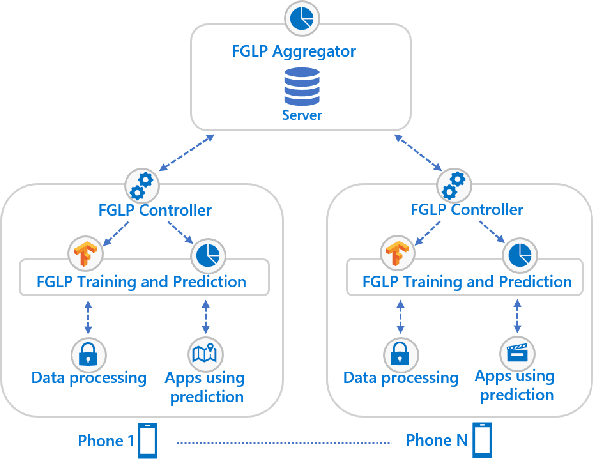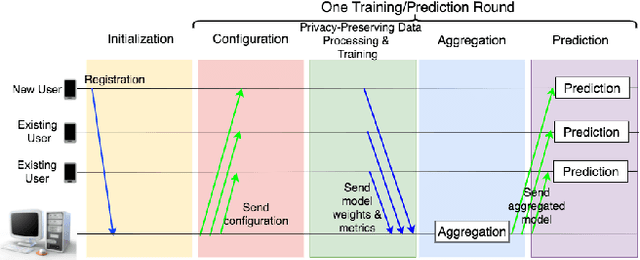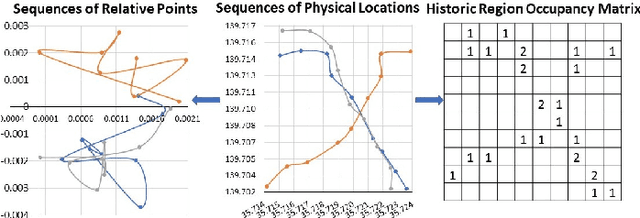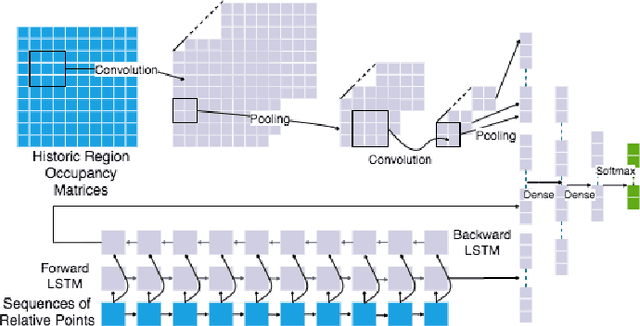Wen-Ling Hsu
General-Purpose Multi-Modal OOD Detection Framework
Jul 24, 2023



Abstract:Out-of-distribution (OOD) detection identifies test samples that differ from the training data, which is critical to ensuring the safety and reliability of machine learning (ML) systems. While a plethora of methods have been developed to detect uni-modal OOD samples, only a few have focused on multi-modal OOD detection. Current contrastive learning-based methods primarily study multi-modal OOD detection in a scenario where both a given image and its corresponding textual description come from a new domain. However, real-world deployments of ML systems may face more anomaly scenarios caused by multiple factors like sensor faults, bad weather, and environmental changes. Hence, the goal of this work is to simultaneously detect from multiple different OOD scenarios in a fine-grained manner. To reach this goal, we propose a general-purpose weakly-supervised OOD detection framework, called WOOD, that combines a binary classifier and a contrastive learning component to reap the benefits of both. In order to better distinguish the latent representations of in-distribution (ID) and OOD samples, we adopt the Hinge loss to constrain their similarity. Furthermore, we develop a new scoring metric to integrate the prediction results from both the binary classifier and contrastive learning for identifying OOD samples. We evaluate the proposed WOOD model on multiple real-world datasets, and the experimental results demonstrate that the WOOD model outperforms the state-of-the-art methods for multi-modal OOD detection. Importantly, our approach is able to achieve high accuracy in OOD detection in three different OOD scenarios simultaneously. The source code will be made publicly available upon publication.
FGLP: A Federated Fine-Grained Location Prediction System for Mobile Users
Jun 13, 2021



Abstract:Fine-grained location prediction on smart phones can be used to improve app/system performance. Application scenarios include video quality adaptation as a function of the 5G network quality at predicted user locations, and augmented reality apps that speed up content rendering based on predicted user locations. Such use cases require prediction error in the same range as the GPS error, and no existing works on location prediction can achieve this level of accuracy. We present a system for fine-grained location prediction (FGLP) of mobile users, based on GPS traces collected on the phones. FGLP has two components: a federated learning framework and a prediction model. The framework runs on the phones of the users and also on a server that coordinates learning from all users in the system. FGLP represents the user location data as relative points in an abstract 2D space, which enables learning across different physical spaces. The model merges Bidirectional Long Short-Term Memory (BiLSTM) and Convolutional Neural Networks (CNN), where BiLSTM learns the speed and direction of the mobile users, and CNN learns information such as user movement preferences. FGLP uses federated learning to protect user privacy and reduce bandwidth consumption. Our experimental results, using a dataset with over 600,000 users, demonstrate that FGLP outperforms baseline models in terms of prediction accuracy. We also demonstrate that FGLP works well in conjunction with transfer learning, which enables model reusability. Finally, benchmark results on several types of Android phones demonstrate FGLP's feasibility in real life.
 Add to Chrome
Add to Chrome Add to Firefox
Add to Firefox Add to Edge
Add to Edge